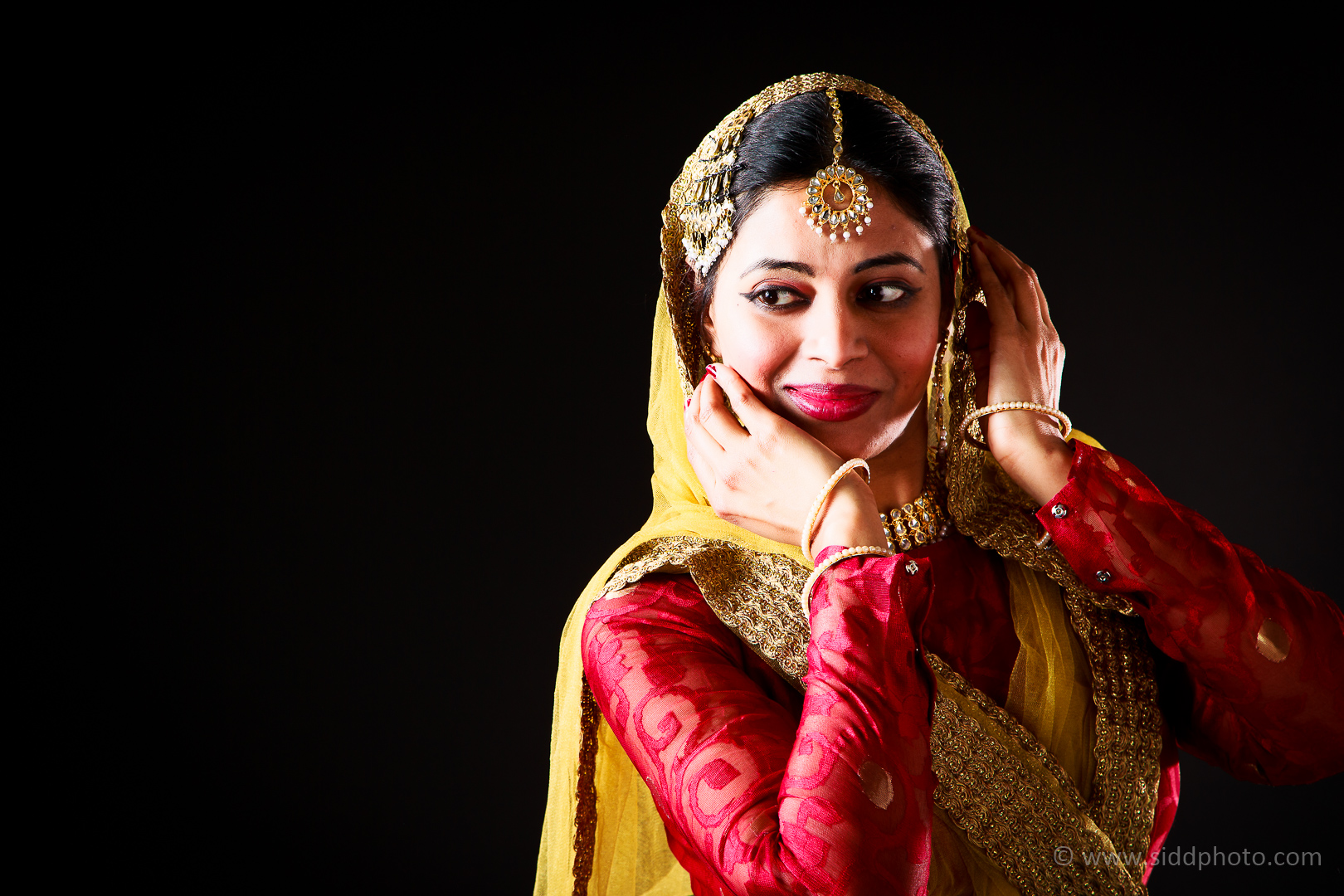
Displaying her flair beyond boundaries renowned Kathak dancer Antara Datta has acquired a great stature in United States through her performances. She has performed extensively in both India and abroad and is the Artistic Director of Anga Kala Kathak Academy and Anga Kala Dance Company. Antara Datta started learning Kathak at the tender age of five from Srimati Laxmi Bannerjee in Kolkata, India. She holds a double diploma in Kathak from the Bangiya Sangeet Parishad in Kolkata and the Prayag Sangeet Samiti in Allahabad, India. To hone her skills further Antara Datta also receives training from Kathak maestro Pandit Birju Maharaj and Vidushi Saswati Sen. She also serves as the president of a non profit organisation Arts Without Borders. Antara Datta taught Kathak as an adjunct faculty in Cornish College of Arts Seattle, WA in 2010, Kent State University Kent in Winter 2014, and University of Akron, OH in Winter 2017.
With a view to celebrate a decade-long artistic creativity and contribution to the field of Indian classical dance in the US Kathak dancer Antara Datta recently performed live in a classical dance and music event at the Breen Center for Performing Arts. ‘Yatra: A Journey’ showcased live dance and music performances by some of the prominent Indian classical musicians and artists in the United States. The event unfolded the journey of mankind through the pandemic.
In a candid conversation Kathak dancer Antara Datta gives insights about ‘Yatra: A Journey’. Excerpts
Q. Please give a brief description of Yatra: A Journey and what message does it convey
A. The evening starts with a journey down the memory lane as Anga Kala Kathak Academy revisits some nostalgic moments of its past performances and extracts some memorable gems from its decade of artistic creativity to give you a glimpse of its contributions to the world of Indian classical dance.
After the intermission, the second half of the show depicts another kind of a journey – one that mankind was forced to embark on suddenly and reluctantly, as a global scourge named Covid wreaked havoc with the world as we knew it and upended the flow of human life in every way possible. Yet, this shroud of darkness that descended upon the earth in the last two years also brought out the best of humanity and made us look inward to re-discover and truly appreciate the real treasures of life.
Q. Why did you decide to hold your shows in United States and do you get enough audiences for Indian Classical music in United States?
A. Anga Kala Kathak Academy is a premiere Kathak school with branches in Cleveland, OH, Columbus, OH, Pittsburgh, PA and Seattle, WA. Dance is my passion. My mission is to promote North Indian classical dance Kathak among kids and adults in USA. ‘Arts Without Borders’ aims is to popularize classical performing arts in North America. It also strives to explore and highlight the ways in which oriental and western classical art-forms resemble or complement each other and to create opportunities for everyone to learn, enjoy and contribute to classical performing art. The goal is not only to reach audience of South Asian origin but also to reach other diverse population.
Q. Do you plan to return back to India again and perform here in future?
A. Yes the plan is to take the production in India as well and showcase it in dance festivals in India.
Q. What are your future upcoming projects?
A. The future upcoming project is Arts without Borders which seeks to benefit society through dance and movement, with special emphasis on the Indian classical dance form of Kathak. In these projects we aim to address some of the societal disharmonies of discrimination and inequality by increasing public awareness of the issues faced by minority groups based on their race, skin color, gender, sexual preference and mental health. Who can better talk about these issues more than the people who are experiencing them? In that regard we plan to include five different schools of dance especially run by minority groups to help spread the message.